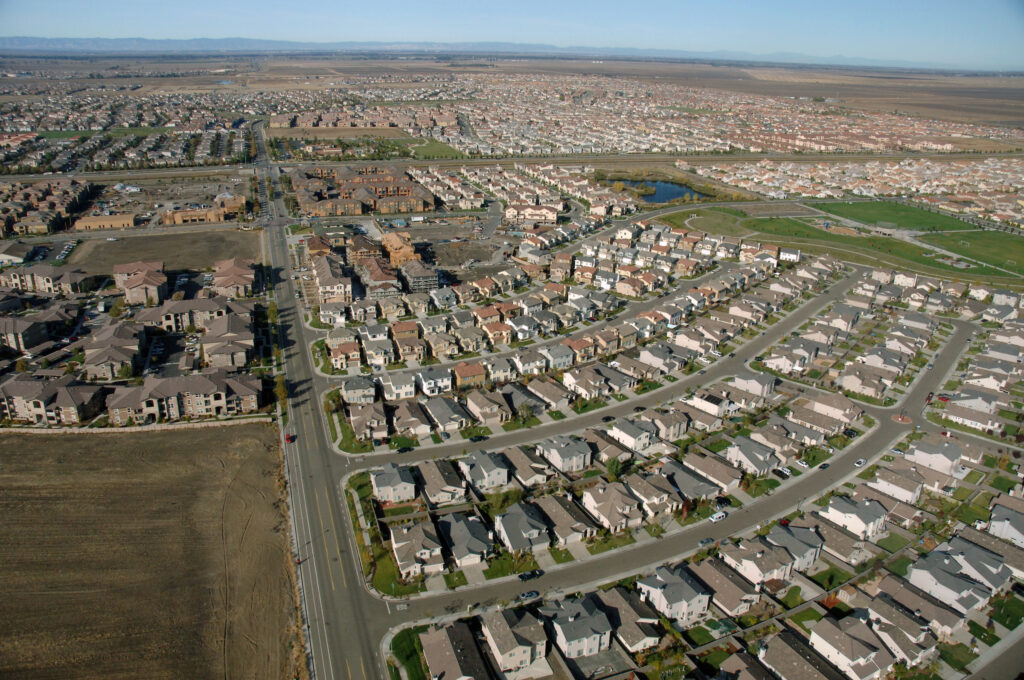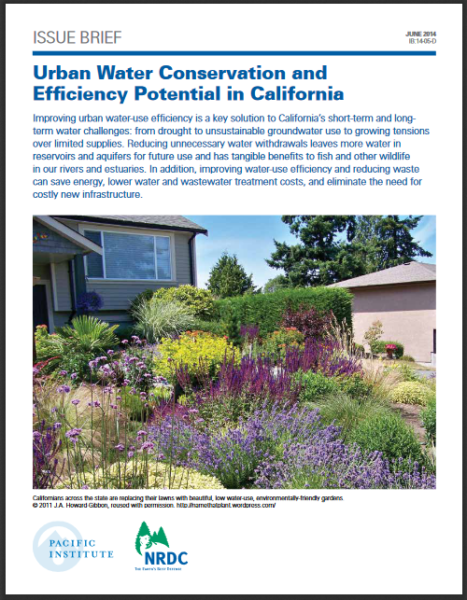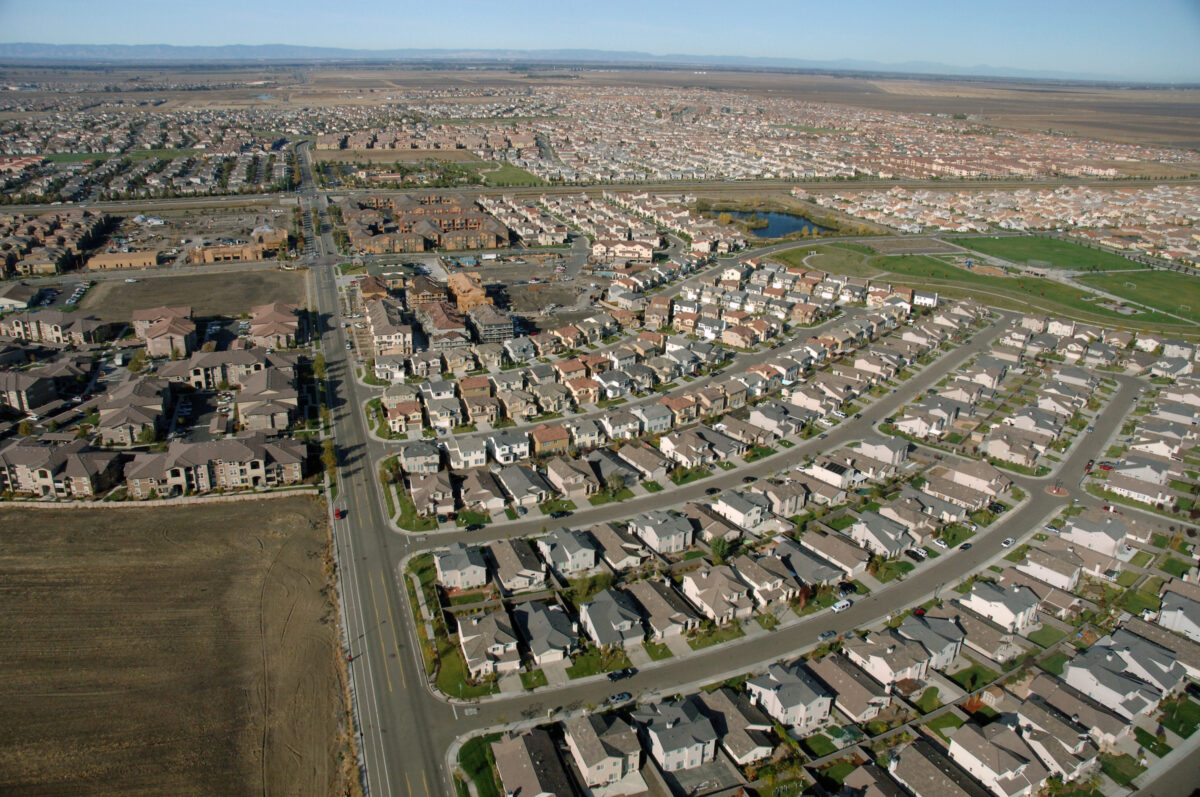
Paul Hames / California Department of Water Resources
California cities reduced water consumption by almost 25% during the 2012-16 drought. Recent legislation (SB606 and AB1668) passed by Governor Brown requires cities and water districts to continue water conservation on a permanent basis. While most cities have rebate programs to incentivize fixture replacement, irrigation upgrades and turf replacement, these and other efforts, like stormwater capture and water recycling are likely to become increasingly important in meeting conservation goals.
Low impact development ordinances for large remodeling jobs and new construction now also routinely require some degree of stormwater capture. Additionally, awareness of leaks from failing mains to household faucets is also rising, although replacement of aging water mains in older cities such as Los Angeles remains a significant infrastructure challenge. Further savings are anticipated from the commercial and industrial sectors as they transition to recycled water.
Key information:
From the NRDC and the Pacific Institute:
Urban Water Conservation and Efficiency Potential in California
 Improving urban water-use efficiency is a key solution to California’s short-term and long-term water challenges: from drought to unsustainable groundwater use to growing tensions over limited supplies. Reducing unnecessary water withdrawals leaves more water in reservoirs and aquifers for future use and has tangible benefits to fish and other wildlife in our rivers and estuaries.
Improving urban water-use efficiency is a key solution to California’s short-term and long-term water challenges: from drought to unsustainable groundwater use to growing tensions over limited supplies. Reducing unnecessary water withdrawals leaves more water in reservoirs and aquifers for future use and has tangible benefits to fish and other wildlife in our rivers and estuaries.
In addition, improving water-use efficiency and reducing waste can save energy, lower water and wastewater treatment costs, and eliminate the need for costly new infrastructure.
Urban water use efficiency: Resource Management Strategy
[pdf-embedder url=”https://f0b.362.mwp.accessdomain.com/wp-content/uploads/2020/09/CWP-RMS-Ch-2-Urban_Water_Efficiency_July2016.pdf”]Water Efficiency for Water Suppliers
From the US EPA:
From source to tap to the quantity of wastewater we must treat, it is important that we reduce the amount of water we use and manage our use of water more effectively. Drinking water system owners and operators can pursue best industry practices for water efficiency, such as:
-
-
- System-wide water loss accounting,
- Leak detection and repair, and
- Pricing that encourages consumer water conservation.
-
Water suppliers can also take steps to ensure adequate source capacity and system readiness for variable water quality.
Urban water management plans
Urban Water Management Plans (UWMPs) are prepared by urban water suppliers every five years. These plans support the suppliers’ long-term resource planning to ensure that adequate water supplies are available to meet existing and future water needs. Every urban water supplier that either provides over 3,000 acre-feet of water annually, or serves more than 3,000 urban connections is required to submit an UWMP.
Click here to learn more about urban water management plans.
Urban water use efficiency articles at Maven’s Notebook
- Notebook urban water use efficiency posts

Explore urban water use efficiency at the California Water Library
{{ document.post_title }}
{{ document.publisher }} | {{ document.document_date }}
{{ document.post_content_short }}










